Just as the structure and outline of dogs vary, so does dog coat types, and in many cases, a coat is a dog’s crowning glory. A well-groomed coat in good condition is not only a pleasure to look at – it also makes a dog feel more comfortable and less prone to skin complaints and external parasites.
Coat variations: An exciting aspect of dog coats is that they vary so much and what is a correct coat color or texture in one breed may be unacceptable in another. The reason behind this usually lies in the function of the breed, but fashion has also played an important part.
Dog Coat Types: Double Coats
Many breeds of dog have two coats, an outercoat, and an undercoat. It is generally termed a double layer but is also correctly termed a two-ply coat. The undercoat is usually short, soft and dense, or moderately so.
It acts as a protective layer against water and the elements while also being a support for the outercoat. Some dogs, particularly those who come from cold climates, do not shed their coats, so the undercoat gets thick and matted if it is not regularly groomed out.
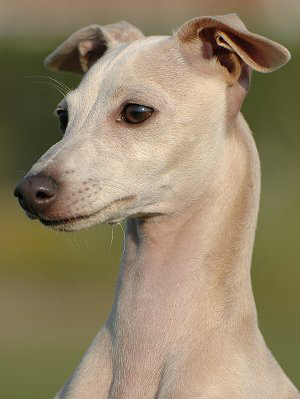
The outercoat is generally longer and of a harder or harsher texture but there are numerous variations on this theme – breeds such as the long-coated Lhasa Apso, the shaggy coated Old English Sheepdog, the wiry-coated Welsh Terrier, and the Hungarian Puli with its corded coat are all breeds with double coats.
Single Coats: Breeds such as the Italian Greyhound and Maltese, which have no undercoat, are termed single-coated. So it is not only smooth-coated breeds which have no undercoat.
Coat Textures
Crinkly, harsh, and wiry coats are described as “broken,” a term applied to many dogs in the Terrier Group. In texture, it somewhat resembles coconut matting, but when reaching its maximum length, it softens and needs to be removed, preferably by hand-stripping.
When such coats have reached their maximum extent, the outer coat is said to have “blown,” meaning that it has softened. Therefore, to allow the new harsh coat to grow in, the old coat needs to be removed at this point, often by hand-plucking.
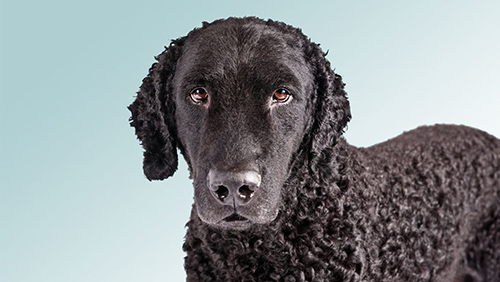
Some coats are described as bear-like, meaning that they consist of a harsh outer jacket, usually 3-6 in (7.5-15 cm) in length, with a short, woolly undercoat, which is 1-2 in (2.5-5 cm) long. Other coats may have a dense mane, sometimes called a shawl, of what is usually reasonably coarse hair around the shoulder. However, this is often more prominent in male dogs than in female dogs.
Curly coats are typical of breeds such as the Curly-coated Retriever and the Irish Water Spaniel. In such breeds, the curly coat is created by a mass of thick, tight curls that slightly resemble astrakhan. Because of this, the coat traps air and, in doing so, protects the dog against both water and cold.
Stand-Off Coated Breeds

Breeds with stand-off coats have a long, heavy, harsh jacket comprised of hair which stands out from the skin, rather than lying flat against it. In most cases, such a coat is supported by a dense undercoat of shorter, soft hair. Breeds with coats of this type include the Keeshond and Pomeranian.
Some breeds have long coats, others are called smooth-coated, and both are relatively self-explanatory. An Afghan Hound is a long-coated breed, while dogs like the Manchester Terrier and Bull Terrier have smooth coats. The term ‘taut coat’ actually applies to a coat on a sleek, tightly stretched skin, which has absolutely no wrinkles, folds, or creases.
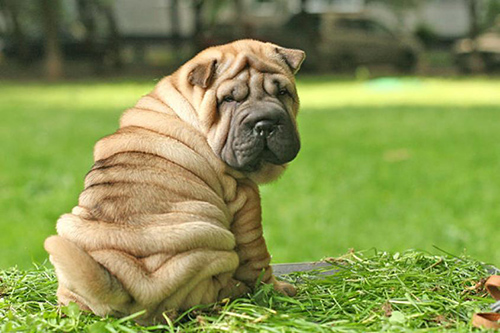
There are unique coats on some breeds, such as that of the Shar-Pei, in which the short, bristly fur should be harsh to the touch. Many might say a longer coat looks more glamorous, but a layer of the correct texture is necessary to maintain the exact breed type. Other breeds need a longer standoff coat, a heavy, harsh jacket that stands out from the body as opposed to lying flat against the skin.
Corded Coats
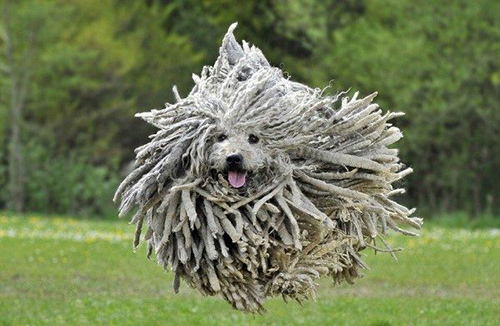
Corded dog coat types such as those found on the Hungarian Puli and Komondor are created by the natural intertwining of both the topcoat and the undercoat. These cords can vary in width from quite narrow to broad, but they should always be distinct from one another and should never be matted or joined.
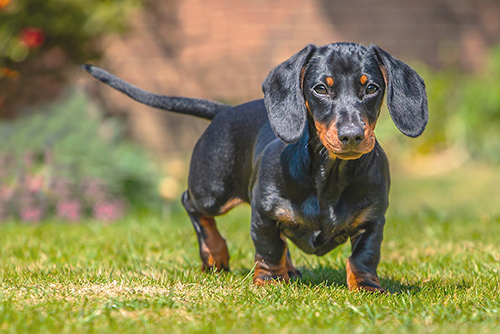
It is essential to realize that breeds with corded coats require constant attention so that the layer remains corded and does not become tangled or matted. Other variations include the linty, soft, downy coat typical of the Bedlington Terrier, and the Bergamasco’s extraordinary long, abundant coat, which tends to form into strands of loose mats.
The crisp coat of the Dandie Dinmont Terrier is called a ‘pily’ layer. It comprises a dense, harsh outercoat and a soft, very close inner coating which is almost fur-like. Certain breeds have varied coat textures, creating different types within the breed, as seen in the Dachshund, a breed with three coat types.
